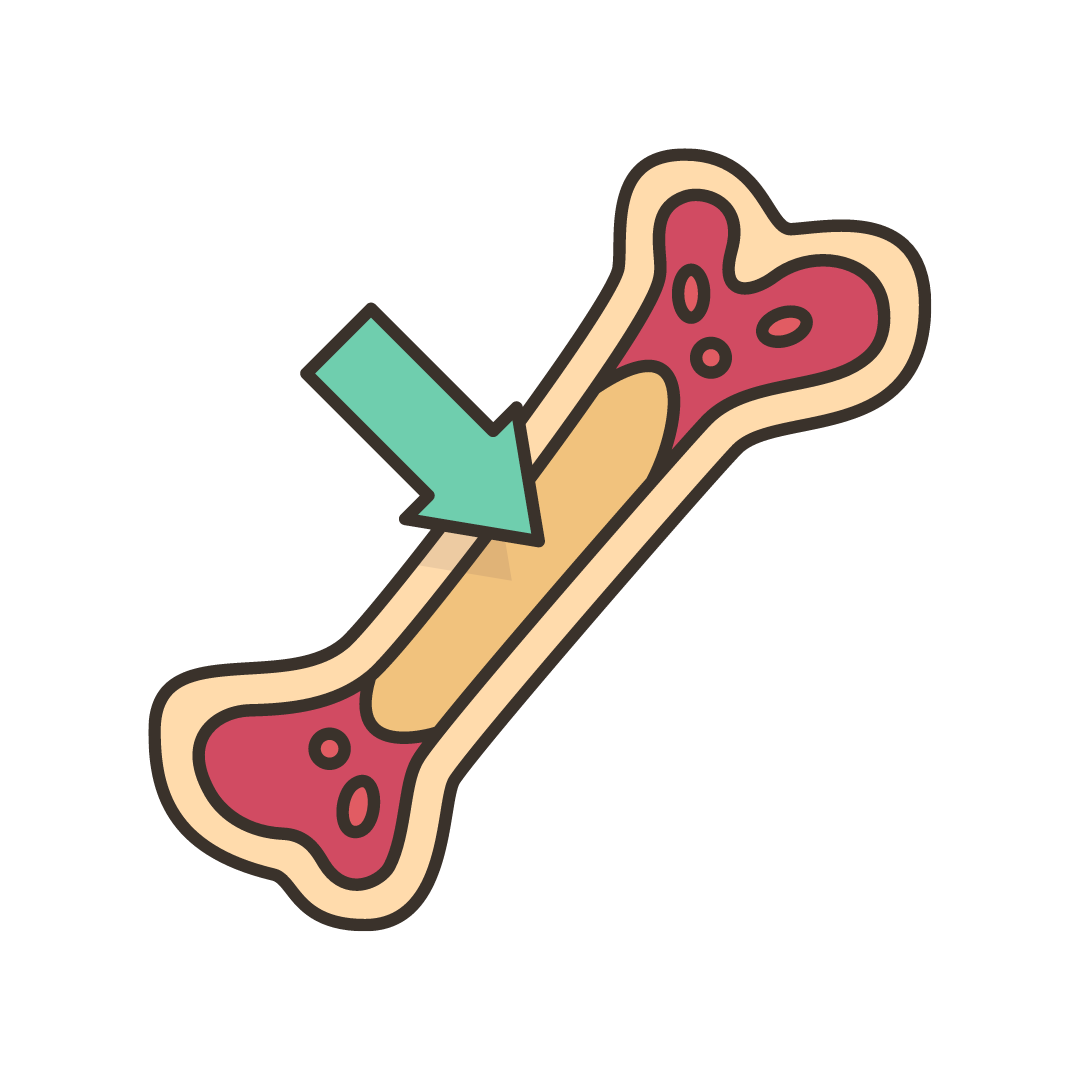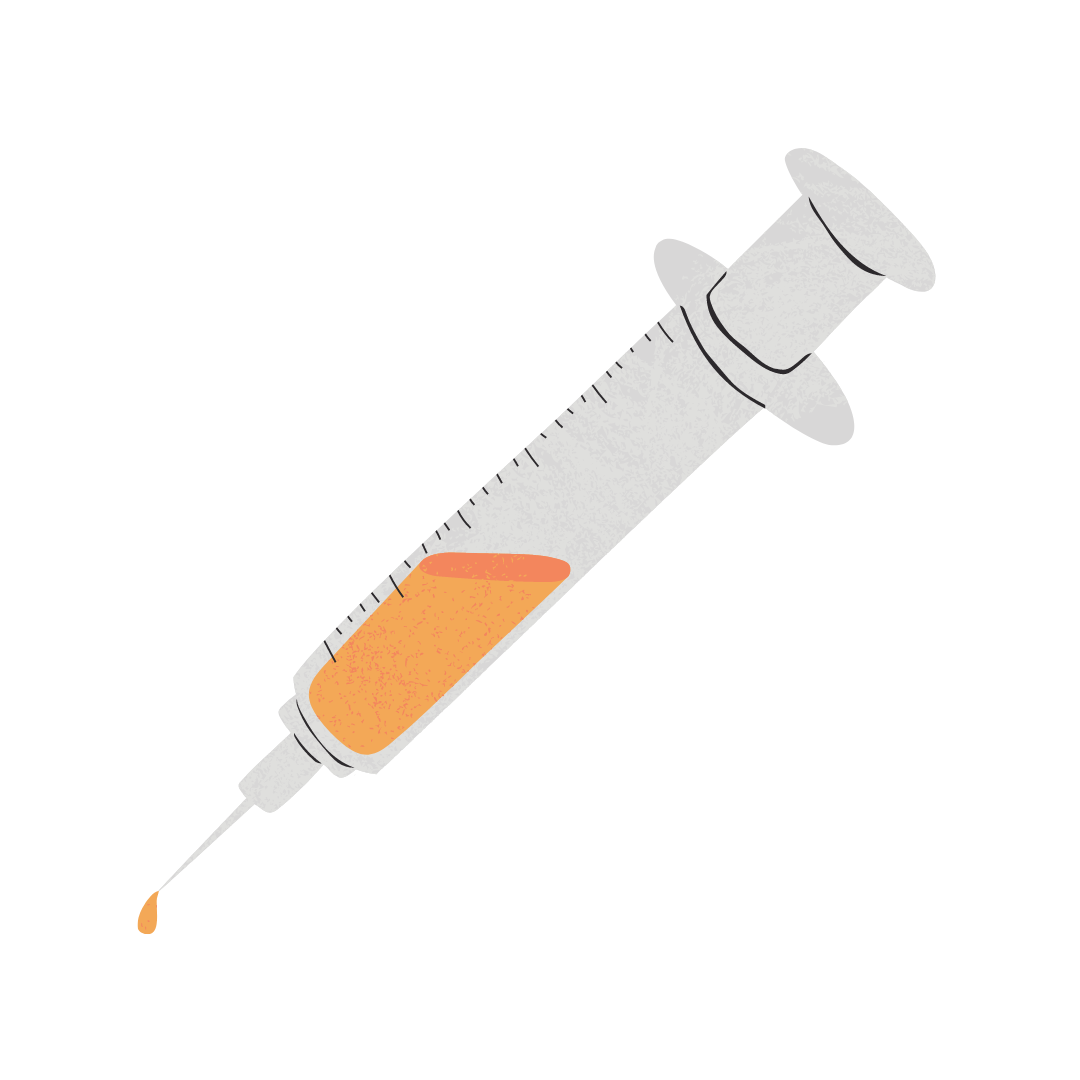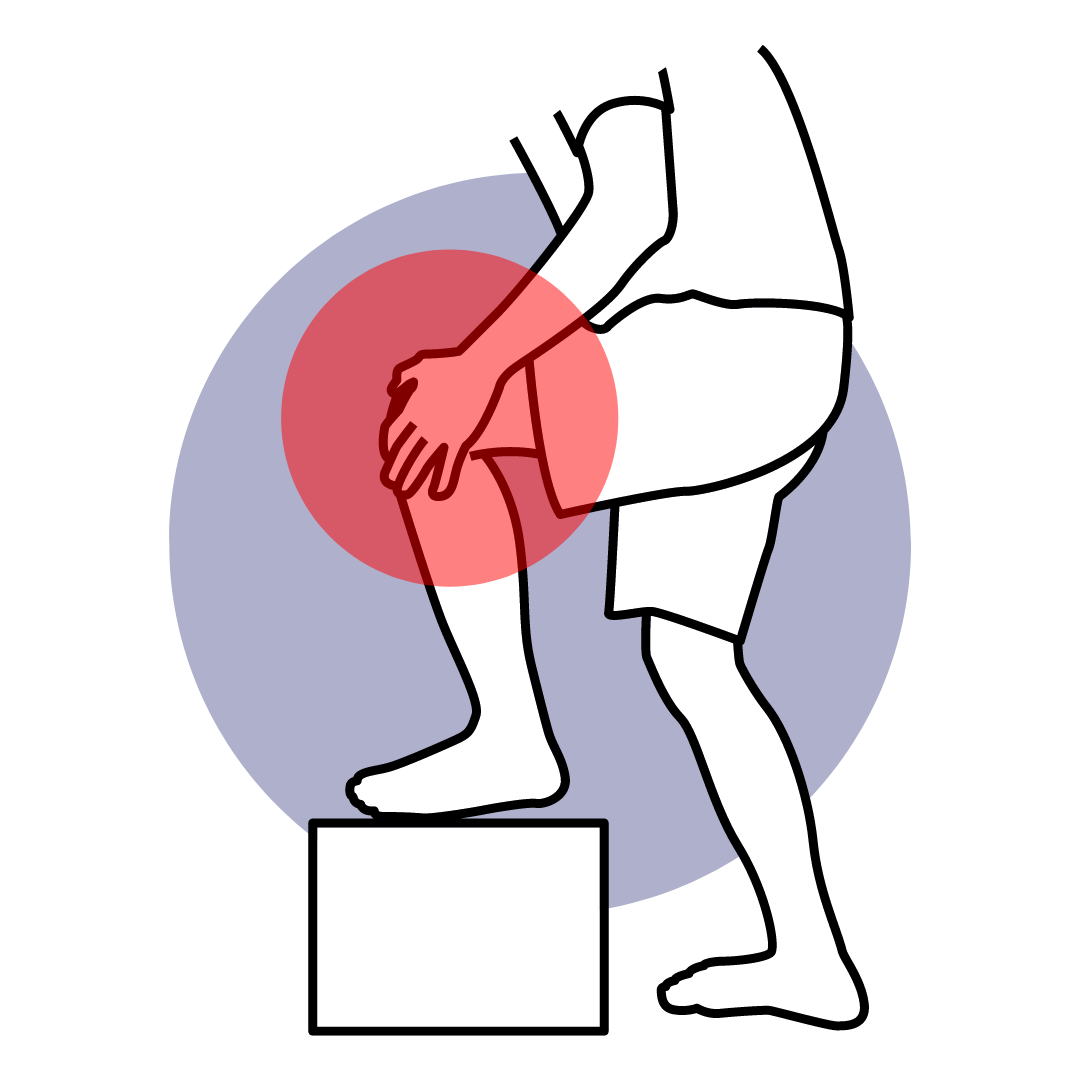Blog

Intra-articular injection of bone marrow stem cells for knee osteoarthritis: 4 year results of 37 knees
This study looked at the effectiveness of a treatment called bone marrow aspirate concentrate (BMAC) injections for people with severe knee osteoarthritis. The researchers followed 37 patients for four years, measuring their knee function, pain levels, and ability to walk. They found that after two years, patients who received the BMAC injections showed significant improvements in their knee function, experienced less pain, and were able to walk better compared to before the treatment. What's even more promising is that most patients continued to improve over the four years, and none of them needed knee replacement surgery during this time. This suggests that BMAC injections could be a helpful option for people with severe knee osteoarthritis to manage their symptoms and improve their quality of life.
Read More
Adipose tissue treatment of knee osteoarthritis demonstrates effectiveness in 68% of patients at 4-year follow-up
Researchers wanted to see if injecting a patient's fat tissue into their knee joint could help with osteoarthritis, a common condition that causes pain and stiffness in the knee. They studied 46 patients with knee osteoarthritis who hadn't found relief from other treatments. These patients received one injection of their fat tissue into their knee joint. Over four years, the patients were regularly checked to see how they were doing. The results showed that many patients felt better after the treatment. They had less pain, improved knee function, and were able to do more activities. Importantly, there were no major problems or complications from the treatment. However, not everyone experienced the same level of improvement. About one-third of the patients needed additional treatments or surgeries because their symptoms didn't get better enough. The study concluded that injecting fat tissue into the knee joint is a safe procedure and can provide lasting benefits for many people with knee osteoarthritis. It's a promising option for those who haven't found relief from other treatments. But, it's essential to remember that it might not work for everyone, and further research is needed to understand why some people benefit more than others.
Read More
Platelet-Rich Plasma, Bone Marrow Aspirate Concentrate, and Hyaluronic Acid Injections Outperform Corticosteroids in Pain and Function Scores at a Minimum of 6 Months as Intra-Articular Injections for Knee Osteoarthritis:
This study looked at different injections used to treat knee osteoarthritis, a common condition that causes pain and stiffness in the knee joints. The injections included corticosteroids (like cortisone), hyaluronic acid (a substance naturally found in joints), platelet-rich plasma (made from a patient's own blood), and bone marrow aspirate concentrate (made from a patient's bone marrow). Researchers reviewed 48 studies involving over 9,000 knees to see which injections worked best. They found that platelet-rich plasma (PRP) was the most effective at reducing pain and improving function in patients with knee osteoarthritis. Hyaluronic acid and bone marrow aspirate concentrate also showed significant benefits. The study showed that PRP injections provided the most relief from pain and improved movement compared to other treatments like corticosteroids. These benefits lasted for at least six months, suggesting that PRP injections could be a good long-term solution for knee osteoarthritis. Overall, the study suggests that PRP injections may offer the best results for people suffering from knee osteoarthritis, providing hope for better pain relief and improved joint function.
Read More
Platelet-Rich Plasma Has Better Results for Long-term Functional Improvement and Pain Relief for Lateral Epicondylitis
A recent study compared two treatments for tennis elbow, a painful condition affecting the arm: platelet-rich plasma (PRP) and corticosteroid injections. The study looked at data from 11 different research papers involving 730 patients. The findings showed that corticosteroids initially provided faster pain relief and improved function within the first two months. However, in the long term (after six months), PRP was more effective in reducing pain and enhancing arm, shoulder, and hand function. For the period between two to six months, there wasn't a significant difference in pain reduction between the two treatments. In conclusion, while both treatments have their benefits, PRP seems to be the better option for long-term management of tennis elbow. This suggests that doctors should consider PRP injections as a preferred choice when planning treatment for patients with this condition.
Read More
Comparison of Conventional Dose Versus Superdose Platelet-Rich Plasma for Knee Osteoarthritis
The article presents the findings of a study comparing two different doses of platelet-rich plasma (PRP) injections for treating early knee osteoarthritis (OA). In the study, one group of patients received a standard 4 mL PRP injection (group A), while another group received a higher 8 mL injection (group B). Both groups showed significant improvement in their knee OA symptoms, but those who received the higher dose (group B) reported better results and higher satisfaction. However, it's worth noting that group B also experienced more short-term complications like pain and stiffness. The study suggests that increasing the dose of PRP can improve treatment effectiveness, but it may also lead to more immediate discomfort. The authors propose that achieving the same increase in total platelets by increasing concentration rather than volume might offer similar benefits seen in group B without the associated increase in complications. This approach could potentially optimize PRP therapy for knee OA, enhancing its effectiveness while minimizing short-term discomfort. Further research is needed to explore this possibility fully.
Read More